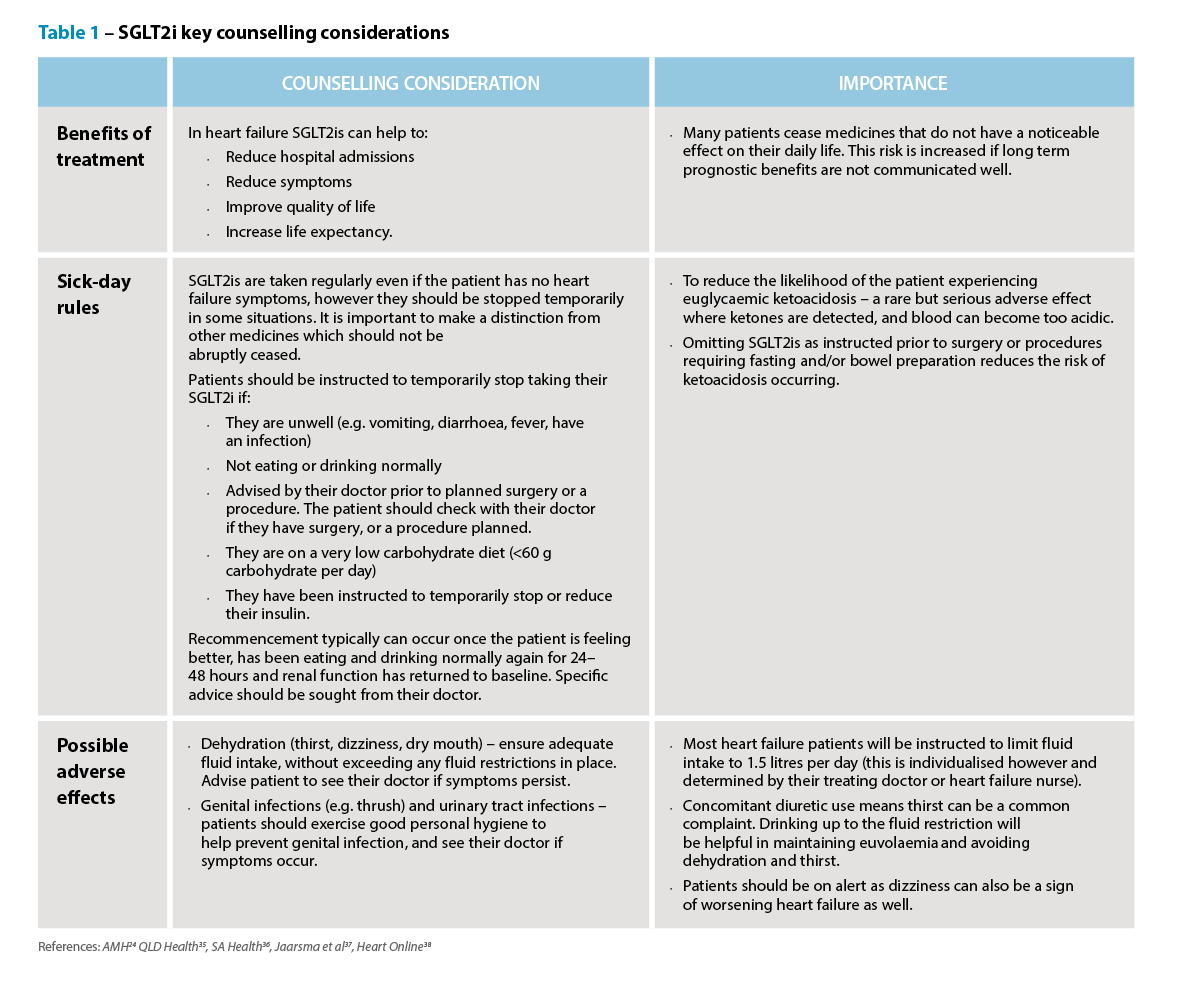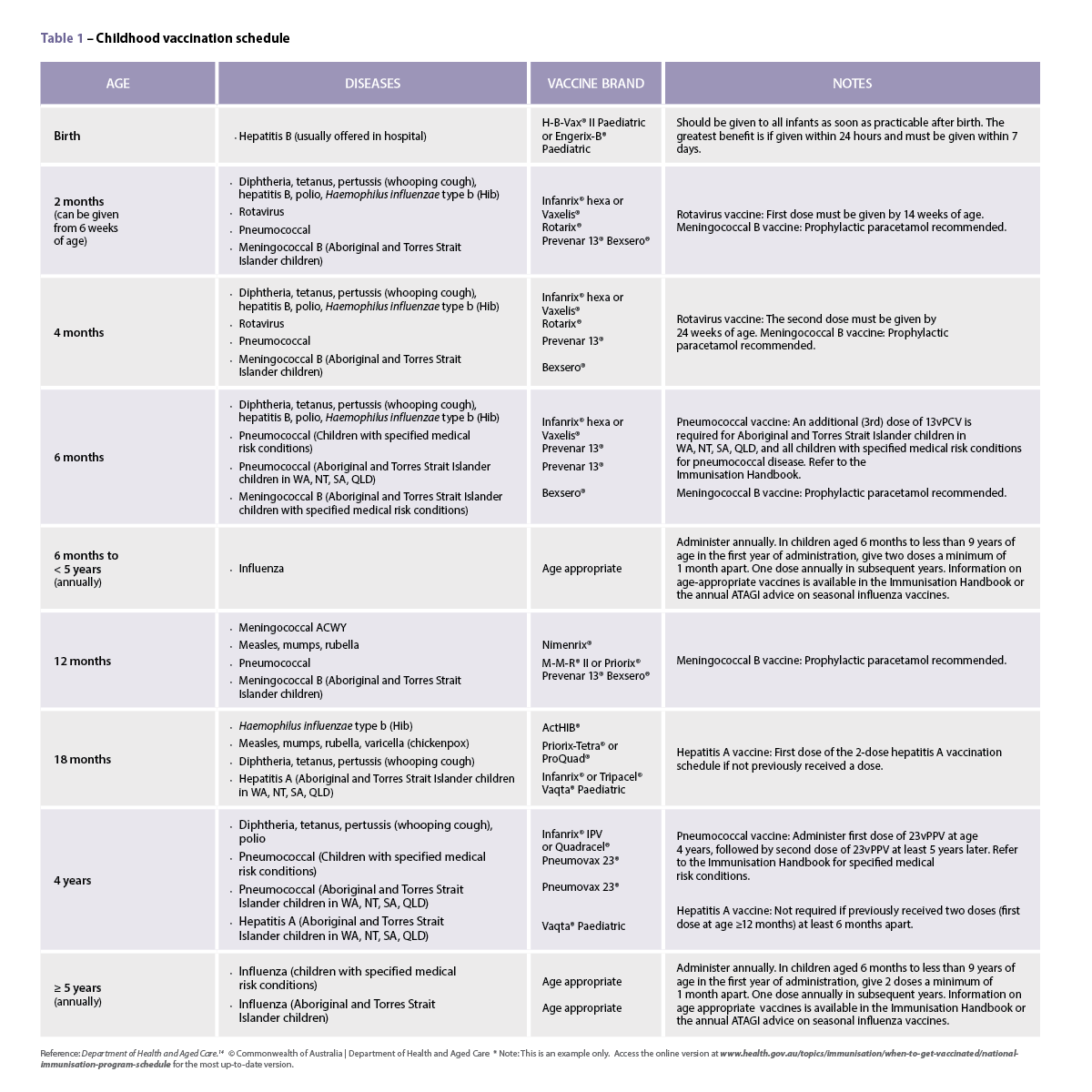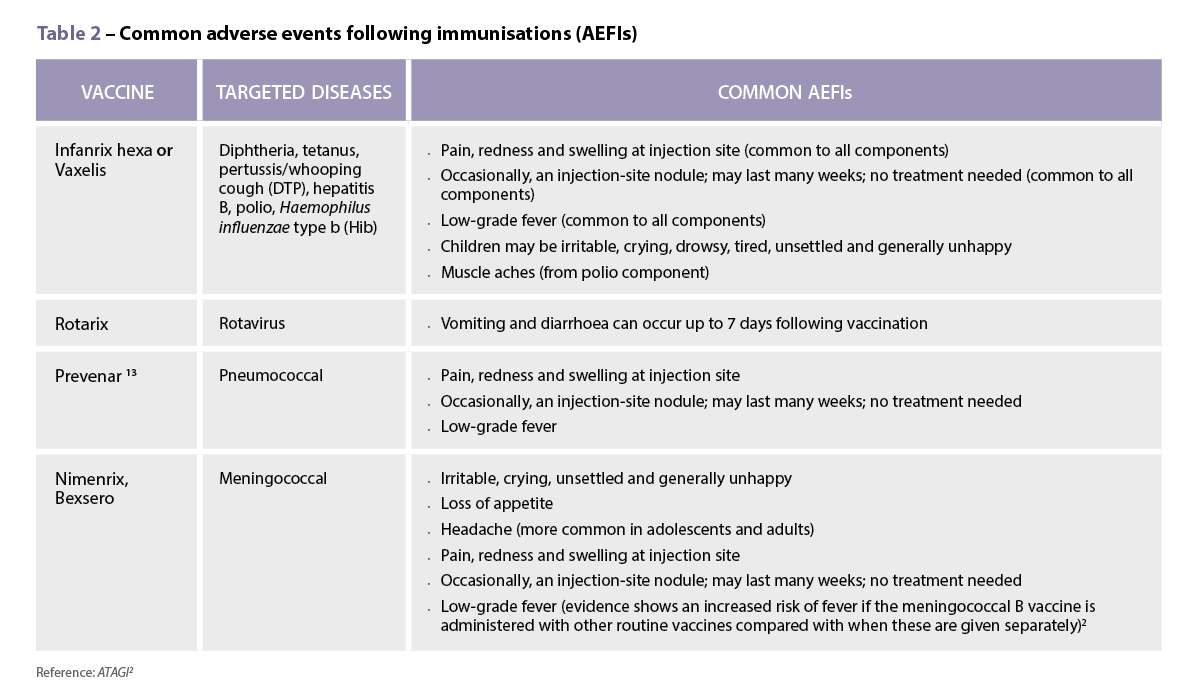As the commencement date of the Aged Care On-site Pharmacist (ACOP) program draws closer, here’s a closer look at what the role will entail.
The finer details of the ACOP program were developed incorporating feedback received from two rounds of stakeholder consultations. The program commences on 1 July 2024.
Here’s what happens to other services when the program begins, what the role will look like, and the remuneration pharmacists can expect.
Can participating pharmacies still provide existing services?
Where a residential aged care facility takes up an on-site pharmacist, visiting pharmacist services through the Quality Use of Medicines (QUM) and residential medication management review programs (RMMRs) will be replaced,’ explained David Laffan, Assistant Secretary, Pharmacy Branch, Department of Health and Aged Care, at the Pharmacy in Aged Care Forum today (12 June 2024).
‘These services will not be offered concurrently at the same RACF to avoid duplication,’ he said.
But there will be ‘transition out’ periods for RACFs that currently receive RMMR and QUM program services, and have chosen to take up an on-site pharmacist.
RACFs that opt not to take advantage of the ACOP measure will still have access to existing QUM or RMMR programs to support safer medicine use.
‘But the longer-term future of QUM and RMMR pharmacy programs will be influenced by future funding arrangements,’ Mr Laffan added.
How does the ACOP role differ from the RMMR role?
The ACOP role is substantially the same as that described for aged care pharmacists in PSA’s Pharmacists in 2023: Roles and Remuneration report when it was published in 2019.
The major difference to previous and existing roles for pharmacists in residential aged care services is the regularity of time on-site in the facility, as well as greater accountability for medicines leadership (e.g. medicine stewardship) and influencing patterns of medicine use at a facility, rather than primarily an individual patient level.
The ACOP role covers five key areas:
- person-centred care
- interprofessional collaboration and communication
- medication management
- QUM
- clinical governance.
The on-site pharmacist will contribute to QUM within the RACF through responsibilities such as facilitating facility-wide quality improvement activities for example observing medication administration rounds, conducting clinical audits, reviewing RACF medication management policies and management of drugs of dependence, and assisting with continuity of care.
But an overarching and integral part of the role is for on-site pharmacists to fulfil clinical governance responsibilities.
‘[This includes] helping to set up and having an active role in medication advisory committees, assessing for and responding to potential medication-related incidents and adverse events, and assisting the RACF with reporting of medication management mandatory quality indicators,’ he said.
In relation to person-centred care, the on-site pharmacist will be readily available to address medication management inquiries from residents, families and carers, RACF staff, medical practitioners and other health professionals.
‘They will collaborate and communicate with residents, families and carers, taking into account a resident’s preferences, beliefs, and attitudes, and provide culturally safe care, ensuring the resident and family are well informed and share the decision making for medication-related decisions,’ said Mr Laffan.
Building collaborative relationships through integrating with the multidisciplinary team is also key.
‘They may conduct medication reconciliation and assist with medication management, particularly at transitions of care, given the significant risks at transitions of care,’ he said.
On-site pharmacists will provide expertise in medication management to assist in reducing medication-related harm and optimising medicines use.
‘Some of the activities to achieve this will include conducting regular and timely reviews of medications with a focus on preventing unwanted effects and improving health outcomes through optimal medicines use,’ said Mr Laffan.
How will on-site pharmacists be engaged?
From the beginning of next month, community pharmacies will be able to employ and place credentialed pharmacists into RACFs. Alternatively, RACFs can opt to engage an on-site pharmacist directly.
But it’s not mandatory for RACFs or community pharmacies to participate in the measure.
‘Where community pharmacies are unable or have chosen not to participate in the measure, RACFs can access those funds to engage the on-site pharmacist,’ said Mr Laffan.
‘Eventually, Primary Health Networks will be able to assist RACFs to engage on-site pharmacists as part of the measure, which is still under development.’
RACFs that engage on-site pharmacists directly won’t be able to claim salary funds until the payment administration is established, which is anticipated to be in place from 1 October 2024.
‘[But] community pharmacies will be able to claim immediately from the pharmacy programs administrator,’ he added.
What is the ACOP salary?
The ACOP measure provides funding for one full-time on-site pharmacist per 250 beds in a RACF, blocked into 50 bed increments.
‘That means, if a RACF has 61 beds, then an on-site pharmacist is funded for 2 full days a week, which as a minimum, comes in half-day blocks in which the on-site pharmacist will operate,’ said Mr Laffan.
Funding under the measure also provides on-site pharmacist salaries, with funds paid to the employer – whether that be a community pharmacy or RACF – not directly to the on-site pharmacist.
‘The salary is equivalent to a grade two hospital pharmacist award salary averaged across states and territories,’ he said.
The annual full-time equivalent salary is $138,292, including 4 weeks annual leave, up to 2 weeks personal leave, public holidays and superannuation.
‘The salary is to be negotiated between the pharmacist and the employer, using the salary funding as guidance,’ he said.
If there’s an area of workforce shortage, an employer might pay an on-site pharmacist more to attract them to the role. But this can also go the other way, with the employer also able to pay their employee ‘a little bit less’.
‘That will depend on the negotiations between the pharmacist and their employer, as it does in every other circumstance,’ added Mr Laffan.




 Categorisation of heart failure
Categorisation of heart failure A focus on SGLT2is
A focus on SGLT2is Knowledge to practice
Knowledge to practice 
 Professor Anthony Lawler, Australian Government Chief Medical Officer,
Professor Anthony Lawler, Australian Government Chief Medical Officer, 
 This CPD activity is supported by an unrestricted education grant by Reckitt.[/caption]
This CPD activity is supported by an unrestricted education grant by Reckitt.[/caption]
 Case scenario
Case scenario









